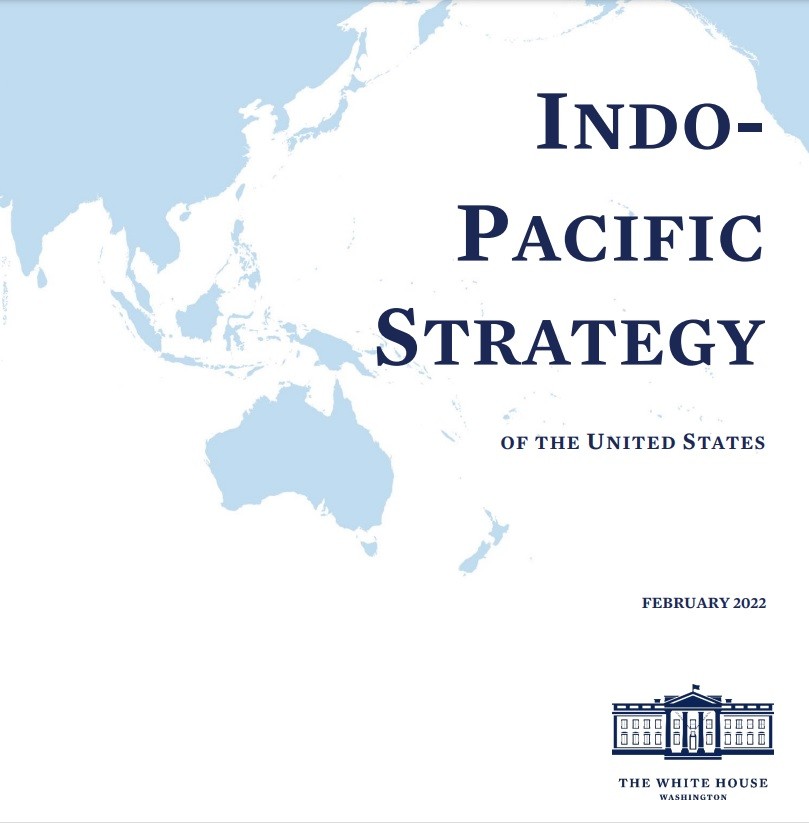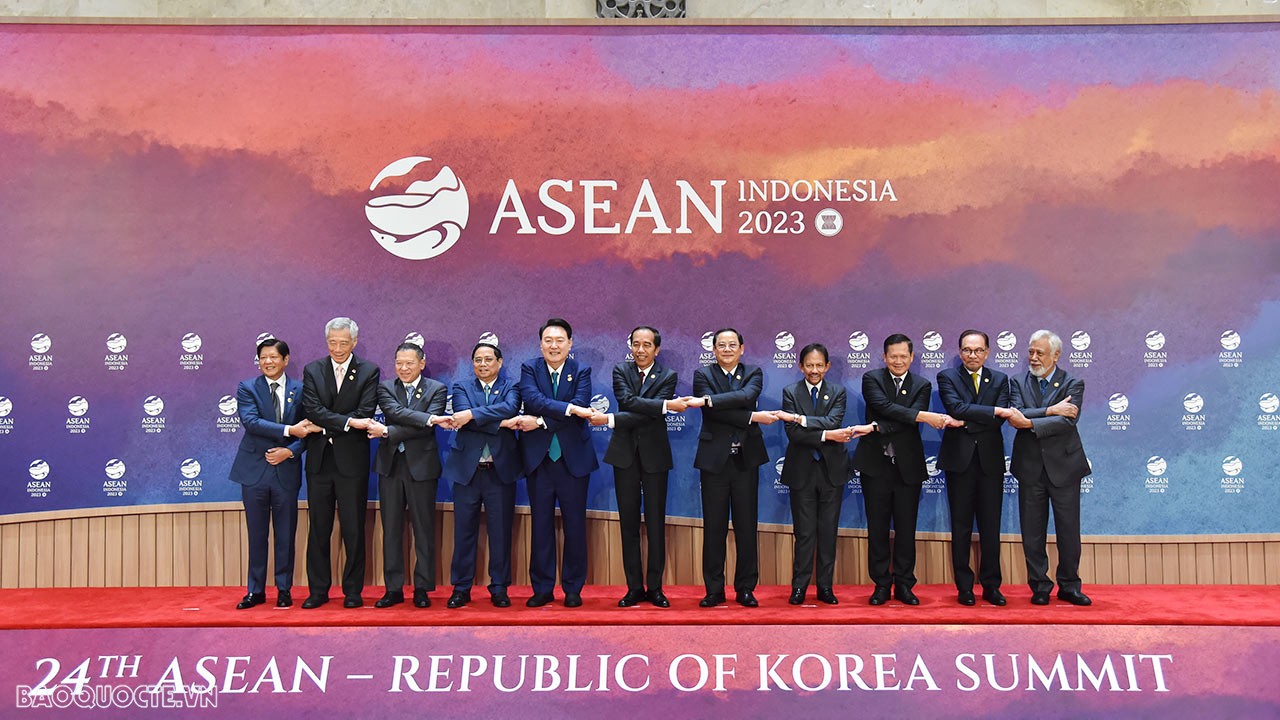
US new Indo-Pacific Strategy emphasizes joint strengths
Latest
 |
| The Biden-Harris Administration has announced its latest Indo-Pacific Strategy. (Source: White House) |
According to the new Indo-Pacific Strategy, the US will pursue an Indo-Pacific region that is:
Free and open
The Washington's vital interests and those of their closest partners require a free and open Indo-Pacific, and a free and open Indo-Pacific requires that governments can make their own choices and that shared domains are governed lawfully. Washington's strategy begins with strengthening resilience, both within individual countries, as Washington has done in the United States, and among them. The US will advance a free and open region, including by:
Investing in democratic institutions, a free press, and a vibrant civil society;
Improving fiscal transparency in the Indo-Pacific to expose corruption and drive reform;
Ensuring the region’s seas and skies are governed and used according to international law;
Advancing common approaches to critical and emerging technologies, the internet, and cyber space.
Conected
A free and open Indo-Pacific can only be achieved if the US builds collective capacity for a new age. The alliances, organizations, and rules that the United States and its partners have helped to build must be adapted. The US will build collective capacity within and beyond the region, including by:
Deepening our five regional treaty alliances with Australia, Japan, the Republic of Korea (ROK), the Philippines, and Thailand;
Strengthening relationships with leading regional partners, including India, Indonesia, Malaysia, Mongolia, New Zealand, Singapore, Taiwan, Viet Nam, and the Pacific Islands;
Contributing to an empowered and unified ASEAN;
Strengthening the Quad and delivering on its commitments;
Supporting India’s continued rise and regional leadership;
Partnering to build resilience in the Pacific Islands;
Forging connections between the Indo-Pacific and the Euro-Atlantic;
Expanding U.S. diplomatic presence in the Indo-Pacific, particularly in Southeast Asia and the Pacific Islands.
Prosperous
The prosperity of Americans is linked to the Indo-Pacific. That fact requires investments to encourage innovation, strengthen economic competitiveness, produce good-paying jobs, rebuild supply chains, and expand economic opportunities for middle-class families. Accordingly, they will drive Indo-Pacific prosperity, including by: Proposing an Indo-Pacific economic framework, by developing new approaches to trade that meet high labor and environmental standards; Promoting free, fair, and open trade and investment through the Asia-Pacific Economic Cooperation (APEC), including in our 2023 host year; Closing the region’s infrastructure gap through Build Back Better World with G7 partners.
Secure
For 75 years, the US has maintained a strong and consistent defense presence necessary to support regional peace, security, stability, and prosperity. The US is extending and modernizing that role and enhancing their capabilities to defend their interests and to deter aggression against U.S. territory and against our allies and partners. The US will bolster Indo-Pacific security, drawing on all instruments of power to deter aggression and to counter coercion, including by:
Advancing integrated deterrence;
Deepening cooperation and enhancing interoperability with allies and partners;
Maintaining peace and stability across the Taiwan Strait;
Innovating to operate in rapidly evolving threat environments, including space, cyberspace, and critical- and emerging-technology areas;
Strengthening extended deterrence and coordination with our ROK and Japanese allies and pursuing the complete denuclearization of the Korean Peninsula;
Continuing to deliver on AUKUS;
Expanding U.S. Coast Guard presence and cooperation against other transnational threats;
Working with Congress to fund the Pacific Deterrence Initiative and the Maritime Security Initiative.
Resilent
The Indo-Pacific faces major transnational challenges. Therefore, they will build regional resilience to 21st-century transnational threats, including by working with allies and partners to develop 2030 and 2050 targets, strategies, plans, and policies consistent with limiting global temperature increase to 1.5 degrees Celsius; Reducing regional vulnerability to the impacts of climate change and environmental degradation; Ending the Covid-19 pandemic and bolstering global health security.
The Indo-Pacific region, stretching from the Pacific coastline to the Indian Ocean, is home to more than half of the world’s people; 60% of global GDP, two thirds of global economic growth; 65% of the world’s oceans and 25% of its land; and seven of the world’s largest militaries.









